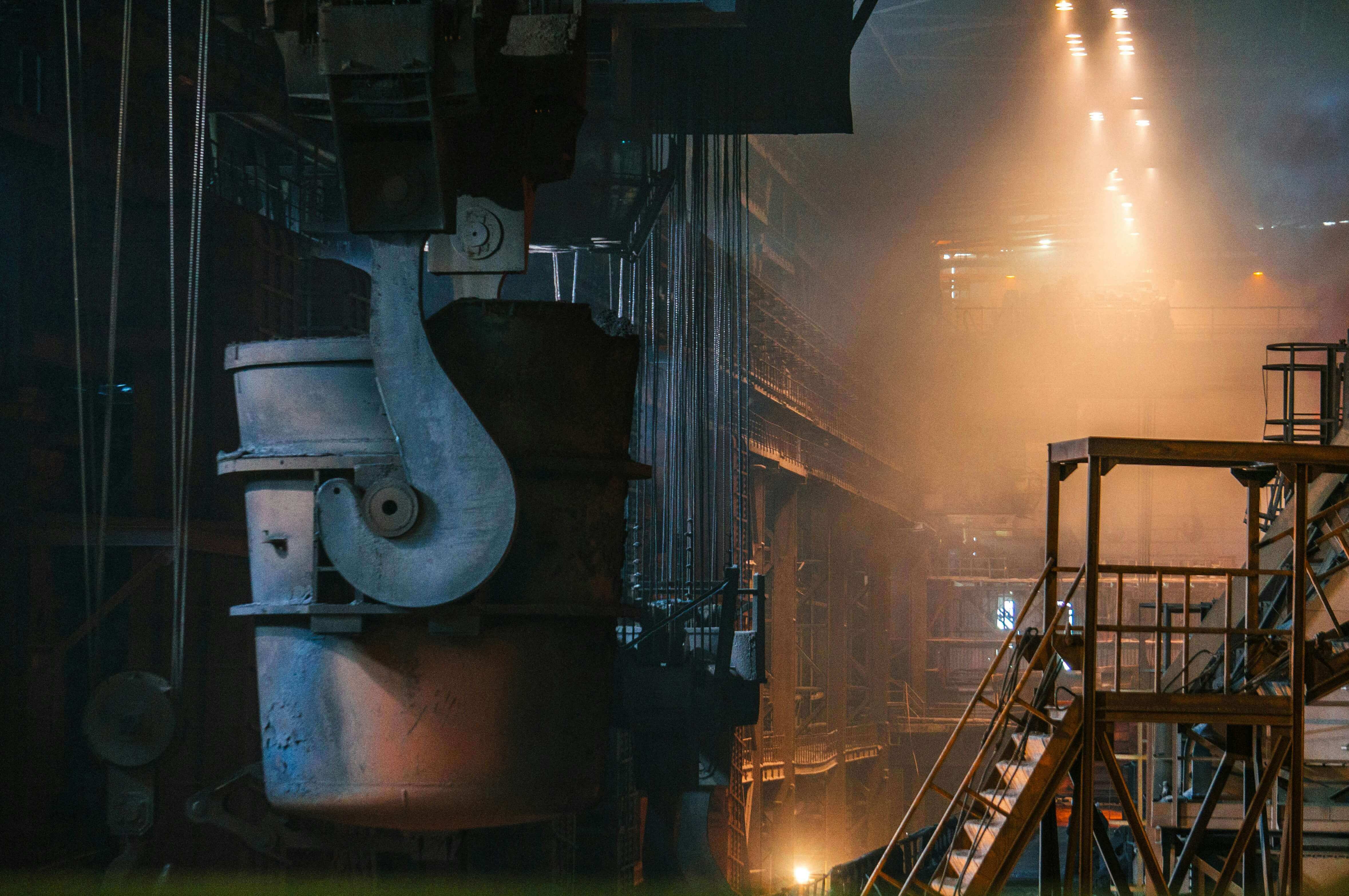Release time: July 20, 2025
Views: 237

Choosing and integrating a Peltier cooler (thermoelectric module) into your product design can offer tremendous benefits — from precise temperature control to compact, solid-state reliability. However, many OEM engineers and procurement teams encounter costly setbacks due to common mistakes in the selection and integration process.
This guide highlights key mistakes to avoid, ensuring your next thermal project runs smoothly from prototype to production.
## Mistake 1: Choosing a TEC Based on Max ΔT or Max Q Alone
It’s a common misconception that selecting the module with the highest ΔTmax or Qmax ensures best performance. In reality, these are theoretical limits under ideal, zero-load conditions.
What to do instead:
- Use actual operating point charts from the manufacturer (Q vs. ΔT under load)
- Consider the full thermal path — both cold-side and hot-side resistances
## Mistake 2: Underrating the Importance of Hot-Side Heat Dissipation
A TEC is only as good as its ability to get rid of heat on the hot side. Many engineers overlook this, resulting in the module overheating or underperforming.
Avoid this by:
- Using a high-efficiency heat sink or liquid cold plate on the hot side
- Ensuring forced airflow if needed
- Modeling thermal resistance and ambient environment
## Mistake 3: Ignoring TEC Orientation and Environmental Sealing
Modules used in humid, outdoor, or mobile environments require protective features such as epoxy sealing, anti-condensation barriers, or waterproof housing.
For medical or lab devices, consider low-outgassing or biocompatible encapsulation.
## Mistake 4: Underestimating Electrical Control Requirements
A stable, well-regulated DC power supply is essential. Driving TECs from poorly filtered sources or without proper feedback results in temperature drift or rapid degradation.
Consider:
- Adding PID temperature control loops
- Using TEC drivers with current limiting, soft start, and feedback
- Integrating thermistors (NTC) for real-time monitoring
## Mistake 5: Overdesigning the TEC (and Blowing the Budget)
Many OEMs overestimate their thermal load and purchase a much higher Qmax TEC than needed — doubling energy consumption and cost.
Solution: Use actual thermal load calculations. A module with 30W Qmax might meet your needs better than a 60W.
## Bonus: Mistake in Sourcing — Choosing a TEC Without Technical Support
Not all thermoelectric module vendors offer application engineering support, modeling help, or performance guarantees.
Partner with suppliers who understand thermal system integration, not just component sales.
## Work with Huajing: Avoid Mistakes, Maximize ROI
Huajing Thermal helps B2B clients:
- Avoid under- or over-specifying modules
- Integrate TECs with heat sinks, fans, or liquid coolers
- Customize TECs to fit challenging environments or form factors
Contact us: sale02@hj-tc.com
Looking for more
information?

0755 23405284
Email: sale02@hj-tc.com
Add: 3/F No.5 Building,Yesun Pingshan Life and Health Technology Park, No. 19 Linhui Road,Pingshan District, Shenzhen, Guangdong,CN.
©2019- 2024 Huajing Co.,Ltd.Copyright